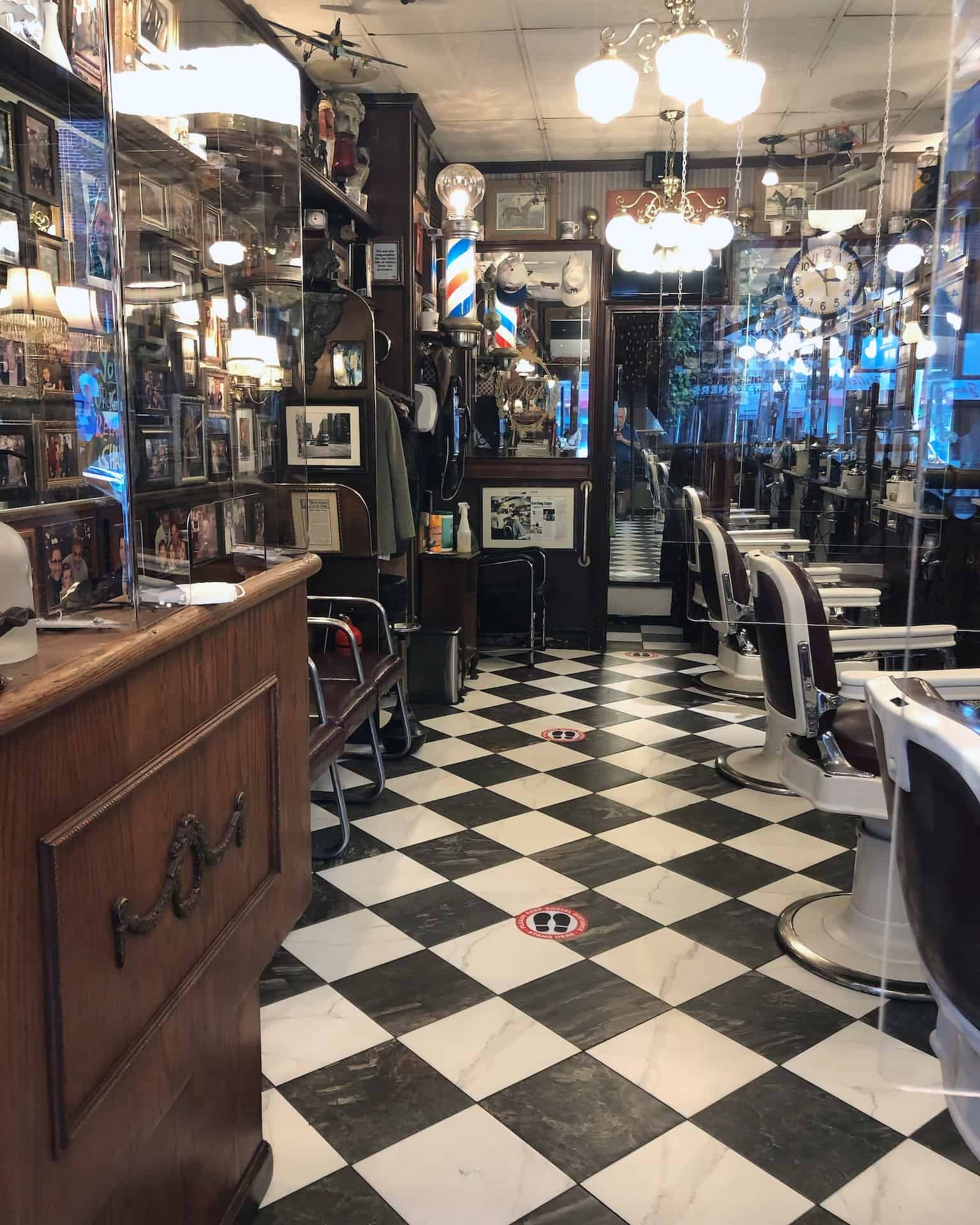Essential Hygiene Protocols All Barber Must Avoid for Maximum Client Protection
Essential Hygiene Protocols All Barber Must Avoid for Maximum Client Protection
Blog Article
Maintaining proper hygiene remains crucial in all field that entails personal contact among customers, especially in the barber industry. Hairdressers hold an important part in helping clients look and feel the best, but this responsibility comes alongside the necessity for strict hygiene protocols. For the well-being of customers and stylists together, there are several essential sanitary practices that should be prevented. Understanding these practices can assist ensure a sanitary and safe environment in barber shops.
One of the most frequent hygiene errors stylists should prevent is the recycling of individual styling instruments without proper sanitation. Tools such as scissors, clippers, and brushes can harbor germs and pathogens if they are not sterilized after every application. Barbers should always disinfect their tools with suitable solutions or cloths between clients. Neglecting to do so could result to the spread of diseases, which can have serious consequences for clients. Establishing a routine for sanitizing and disinfecting tools is not just a recommended protocol; it is a vital aspect of maintaining a secure work environment.
Another practice to prevent is overlooking to wash one's hands consistently. Stylists engage with multiple clients in a single-day shift, and their skin can easily pick up germs and viruses. It is crucial for stylists to clean their hands thoroughly with soap and water prior to and following each client. Additionally, using skin disinfectant can be an the original source efficient method to additionally reduce the spread of pathogens. Neglecting this process can endanger client safety and may result in diseases or ailments that could have been easily prevented.
Adequate cleanliness of the barber shop setting is also critical. Stylists should avoid ignoring areas that are frequently touched, such as chairs, countertops, and lounge area chairs. These areas should be disinfected and sterilized frequently to reduce the likelihood of contamination. Establishing a disinfection routine can help barbers maintain a hygienic environment. This protocol not only safeguards clients but also improves the overall atmosphere, allowing customers feel next page more at ease and valued.
Moreover, barbers should avoid utilizing items that have not been kept or managed properly. Cosmetic items such as styling gels, hair sprays, and oils can become contaminated if they are kept open or improperly stored. It is important for barbers to examine use-by labels and to store products in a cool, arid environment. Throwing away any outdated or questionable items is vital to ensure client well-being. Utilizing tainted products can lead to dermal irritations or allergic responses, which can damage a stylist's reputation and harm clients.
To conclude, stylists have a duty to copyright high standards of sanitation to guarantee the well-being and health of their clients. By avoiding the reuse of unsanitized instruments, neglecting handwashing, overlooking environmental sanitation, and utilizing inappropriately kept products, barbers can establish a secure and welcoming atmosphere. Recognizing and applying these critical sanitary practices not only protects clients from diseases but also builds trust and faithfulness. A sanitary barbershop is a successful barber shop, in which both stylists and clients can feel assured and secure.